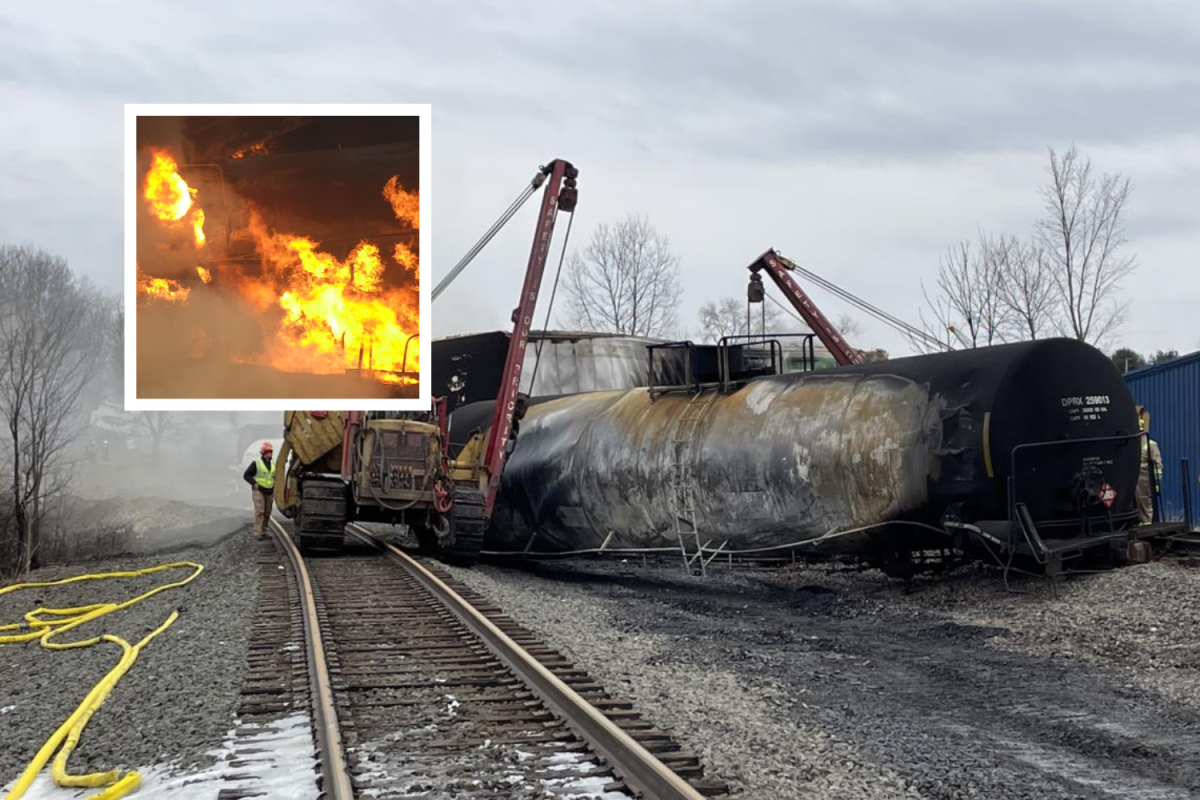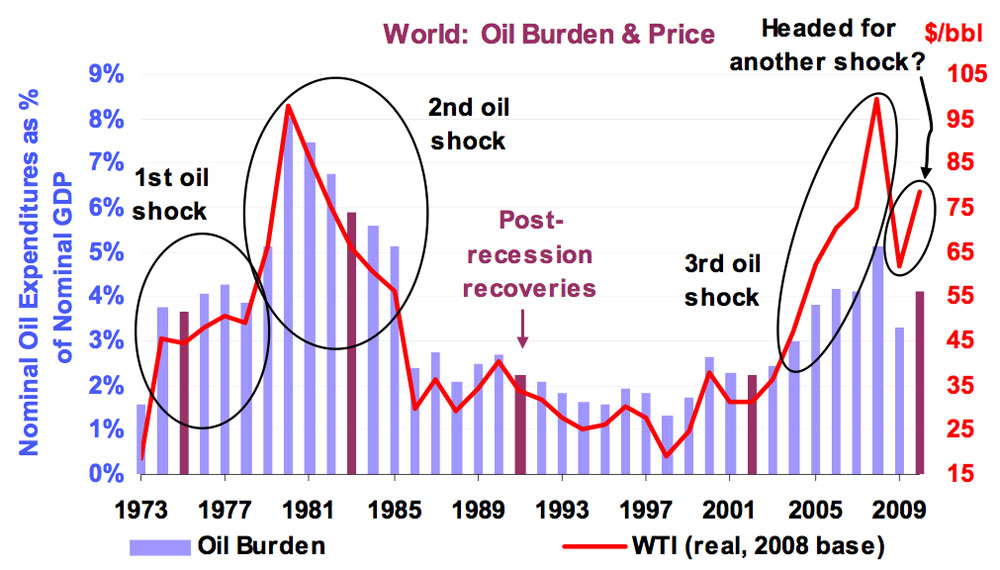Toxic Chemical Residue From Ohio Train Derailment Persists In Buildings

Table of Contents
The Extent of Building Contamination
The Ohio train derailment released a cocktail of hazardous chemicals, leading to widespread contamination. Understanding the extent of building contamination is crucial for mitigating long-term health risks.
Types of Chemicals Found
The derailment involved the release of several toxic chemicals, posing significant health hazards. These include:
- Vinyl Chloride: A colorless gas known to cause liver damage, cancer, and respiratory problems. Long-term exposure can lead to serious health complications.
- Butyl Acrylate: A flammable liquid that can irritate the skin, eyes, and respiratory system. Inhalation can cause coughing, wheezing, and shortness of breath.
- Ethylene Glycol Monobutyl Ether: A solvent that can cause skin and eye irritation, central nervous system depression, and kidney damage.
Pathways of Contamination
The toxic chemicals spread to buildings through various pathways:
- Air Dispersion: The initial release created a plume of toxic chemicals that drifted through the air, contaminating nearby structures.
- Water Runoff: Rainwater washed chemicals from the derailment site into the surrounding area, potentially contaminating soil and water sources that may then affect building structures.
- Soil Contamination: The soil around the derailment site is heavily contaminated, posing a risk to buildings with foundations in contact with the ground.
Testing and Monitoring Efforts
Testing and monitoring efforts are underway to assess the extent of building contamination. However, challenges remain:
- Methods used for testing: Various methods, including air sampling, soil analysis, and water testing, are employed.
- Agencies involved: The EPA, state environmental agencies, and private contractors are involved in testing and monitoring.
- Transparency of results: Concerns remain regarding the transparency and accessibility of the testing results to the public.
Health Risks Associated with Toxic Chemical Residue
Exposure to the toxic chemical residue poses significant short-term and long-term health risks.
Short-Term Health Effects
Immediate health problems reported include:
- Respiratory issues: Coughing, wheezing, shortness of breath.
- Skin irritation: Rashes, burns, itching.
- Headaches: Severe headaches and dizziness.
- Eye irritation: Burning, watery eyes.
Long-Term Health Concerns
Long-term exposure to these chemicals can lead to serious health consequences:
- Cancer: Increased risk of various cancers, including leukemia and liver cancer.
- Reproductive issues: Infertility, birth defects.
- Neurological damage: Cognitive impairment, memory loss.
Scientific studies linking exposure to these chemicals and such health outcomes are crucial for understanding the long-term implications.
Vulnerable Populations
Children, the elderly, and individuals with pre-existing respiratory or immune conditions are particularly vulnerable to the harmful effects of toxic chemical exposure.
Cleanup and Remediation Strategies
Addressing the contamination requires comprehensive cleanup and remediation strategies.
Current Remediation Efforts
Current efforts focus on:
- Decontamination procedures: Cleaning and decontaminating affected buildings.
- Demolition: In some cases, demolition of severely contaminated buildings may be necessary.
Challenges in Remediation
Effective cleanup faces several challenges:
- Complexity of chemicals: The mixture of chemicals complicates remediation efforts.
- Cost: The cleanup is expected to be incredibly expensive.
- Extent of contamination: The full extent of the contamination is still being assessed.
Future Strategies
Long-term strategies include:
- Improved safety regulations: Preventing future incidents.
- Enhanced environmental monitoring: Early detection of contamination.
Legal and Political Ramifications
The Ohio train derailment has significant legal and political implications.
Accountability and Legal Actions
Lawsuits have been filed against the railroad company and other involved parties, demanding accountability for the disaster and compensation for affected residents. Government investigations are ongoing.
Regulatory Changes
The incident has spurred calls for stricter regulations and safety measures for the transportation of hazardous materials.
Conclusion
The persistence of toxic chemical residue in buildings following the Ohio train derailment presents a serious and ongoing threat to public health and the environment. The extent of contamination, the associated health risks, and the challenges in remediation highlight the need for comprehensive action. The lack of transparency surrounding testing and the long-term effects of exposure demand continued investigation and accountability. The persistence of toxic chemical residue demands continued vigilance and action. Stay informed, share this article, and demand accountability to ensure the safety of our communities. Advocate for stronger safety regulations and support efforts to address the long-term impact of the toxic chemical residue from this devastating event.

Featured Posts
-
 Oil Supply Shocks How The Airline Industry Is Feeling The Heat
May 03, 2025
Oil Supply Shocks How The Airline Industry Is Feeling The Heat
May 03, 2025 -
 The Ripple Effect Oil Supply Shocks And The Airline Industrys Future
May 03, 2025
The Ripple Effect Oil Supply Shocks And The Airline Industrys Future
May 03, 2025 -
 Ananya Pandays Dog Riots First Birthday See The Adorable Celebrations
May 03, 2025
Ananya Pandays Dog Riots First Birthday See The Adorable Celebrations
May 03, 2025 -
 Increased Sightings Of Chinese Naval Vessels Off Sydney What Does It Mean For Australia
May 03, 2025
Increased Sightings Of Chinese Naval Vessels Off Sydney What Does It Mean For Australia
May 03, 2025 -
 Energy Policy Changes Following Guido Fawkes Assessment
May 03, 2025
Energy Policy Changes Following Guido Fawkes Assessment
May 03, 2025
